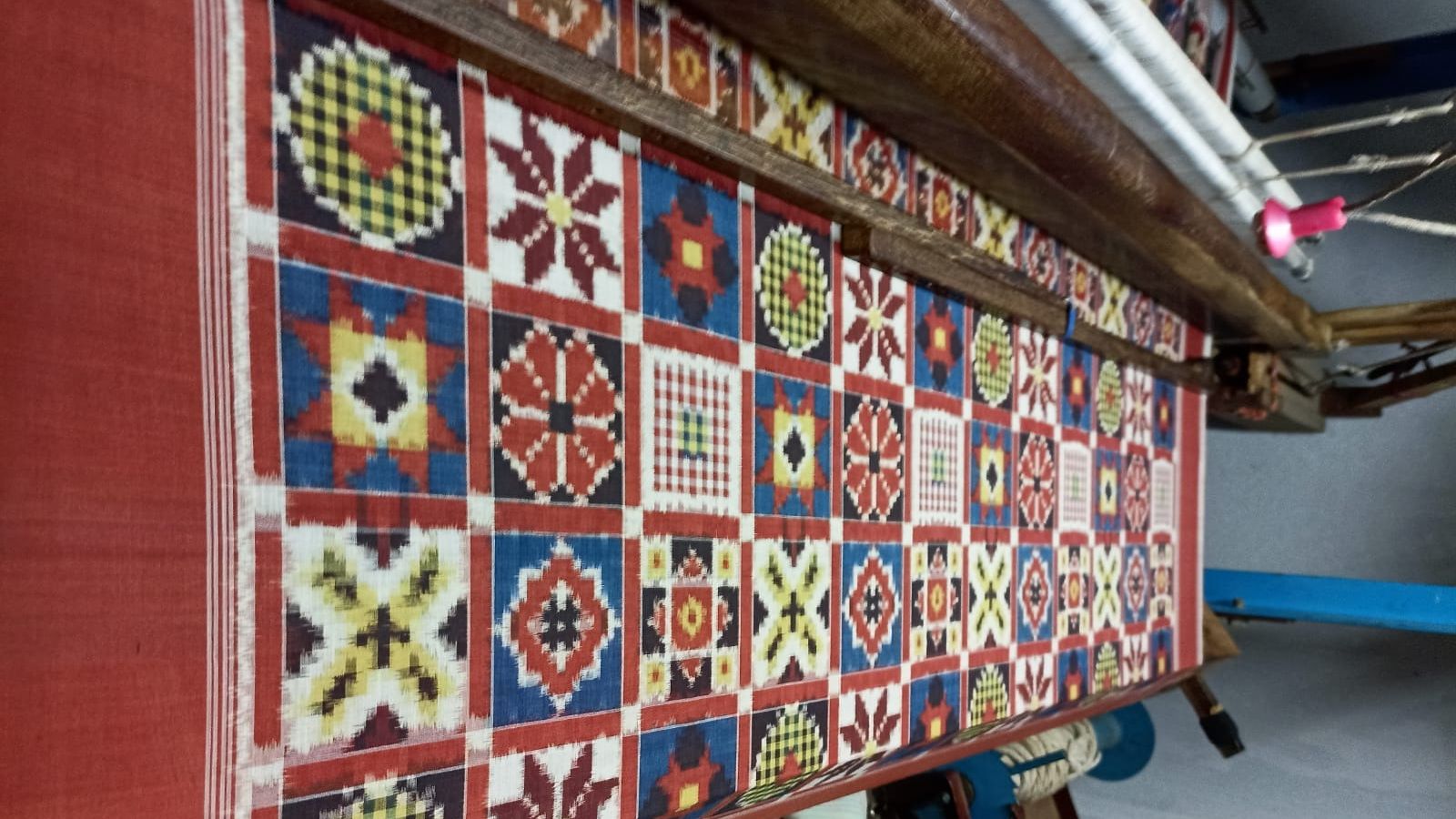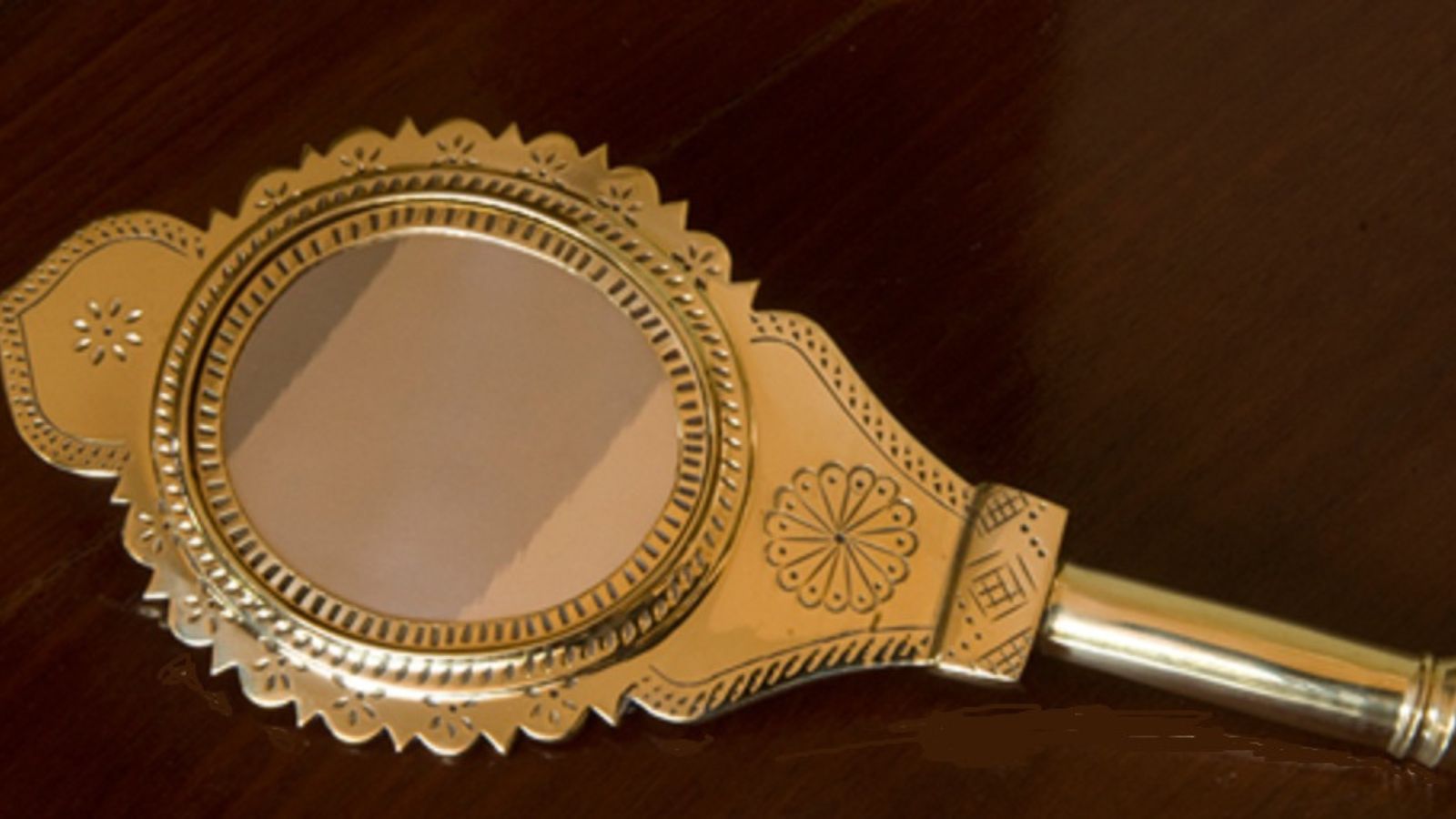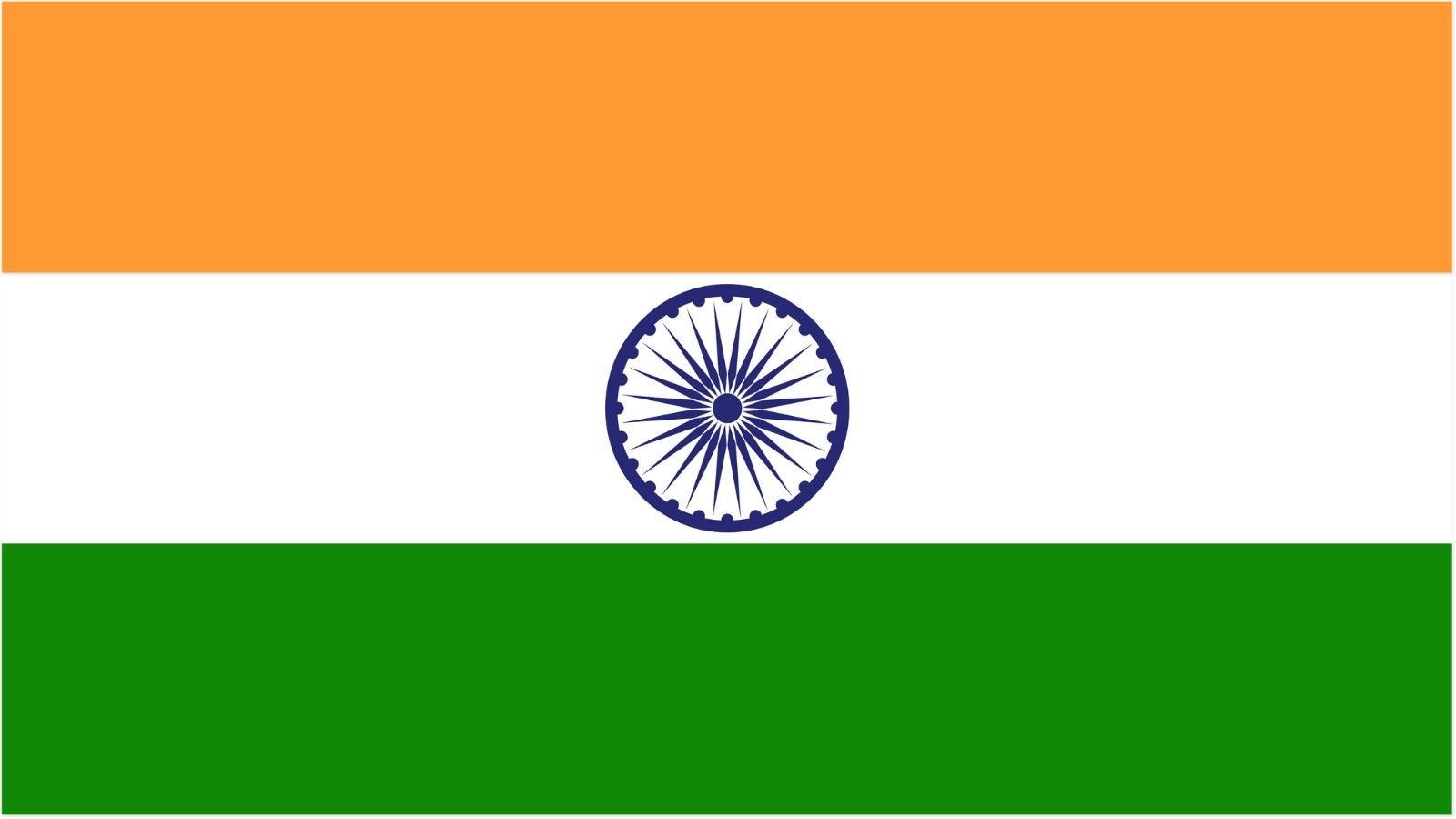Telia Rumal, literally meaning ‘oily kerchief,’ is a handcrafted textile with roots tracing back to the 19th century. Originally a square cloth measuring 44 x 44 inches, it is so named for its extensive use of oil to soften the yarn before dyeing.
Originating in Chirala, a coastal town in Andhra Pradesh, this traditional craft later spread to Puttapaka in Telangana’s Nalgonda district. Chirala’s proximity to the sea facilitated exports to Myanmar, West Asia, and East Africa, where Telia Rumal was highly valued for its utility and artistry. In Arab countries, these intricately woven pieces were used as keffiyehs and turbans, with the oil-treated threads effectively preventing dryness.
The Unique Process
The craftsmanship of Telia Rumal involves treating yarn with castor ash, sesame oil, and sometimes sheep dung to ensure vibrant color retention. This process imparts a distinct aroma to the fabric, making it soft and offering protection against harsh climates.
Cultural Significance: From Symbols of Power to Practical Uses
The Nizams and Zamindars of Telangana used Telia Rumal for their turbans—symbols of power and prestige. Fishermen in coastal areas also adopted it as a lungi (loincloth) because the oil-treated fabric prevented salty water from seeping through. It’s believed the fabric’s oil aroma attracted fish. In Arab countries, Muslim women wore Telia Rumals as headscarves, finding comfort in the fabric’s ability to keep them cool in summer and warm in winter.

Revival Post-independence
Post-independence, the abolition of the Zamindari system nearly led to the disappearance of this traditional craft. However, thanks to master weaver and Padma Shri awardee Ganjam Govardhan, Telia Rumal has experienced a revival.
Today, the craft extends beyond the rumals to include sarees, dupattas, and lungis—all woven with the same labor-intensive techniques. Telia Rumal sarees are treasured for their elaborate craftsmanship, with each saree taking at least two months, thereby commanding a huge premium. Alternative versions, known as double ikat sarees, skip the pre-treatment of yarn before tying and dyeing, resulting in a more affordable option.
In 2020, Puttapaka Telia Rumal from Telangana received the Geographical Indication (GI) tag, a recognition of its unique cultural heritage. Sri Ganjam Govardhan played a crucial role while reviving this craft by training more weavers and ensuring it continues to thrive.
Picture Credits: Zeenath Handloom House, Rai Durg, Hyderabad



